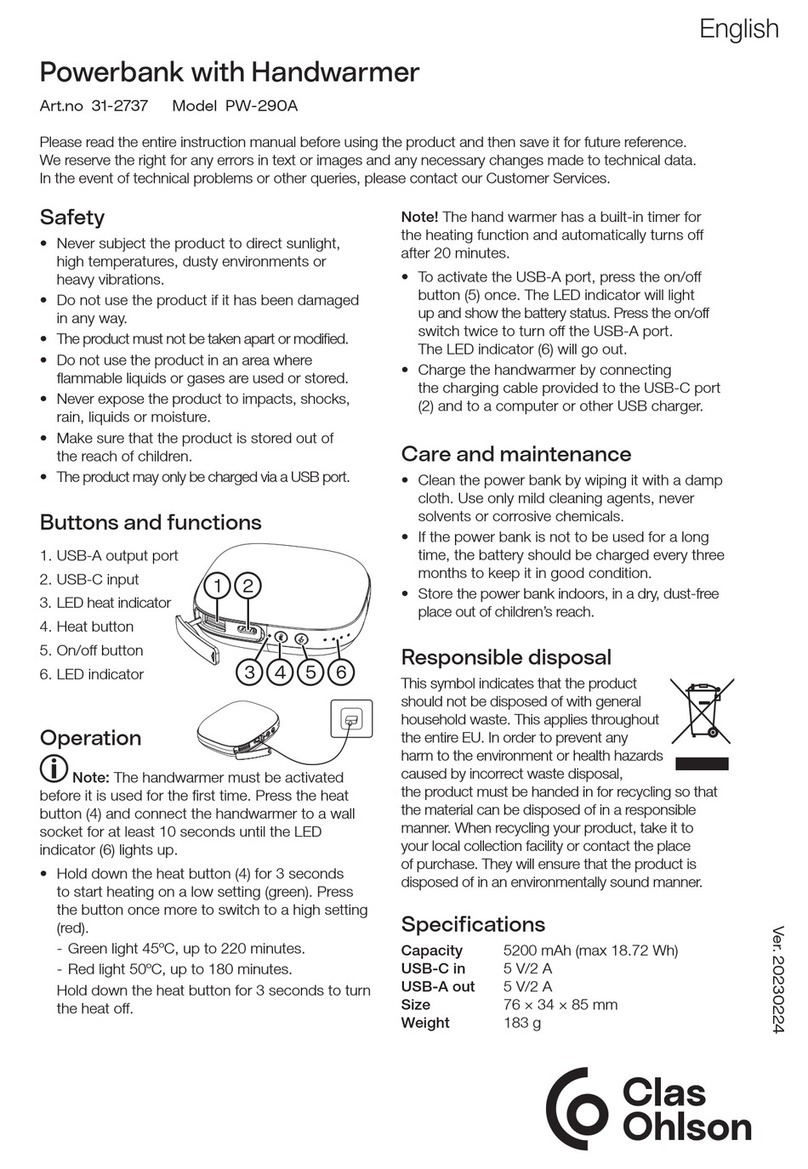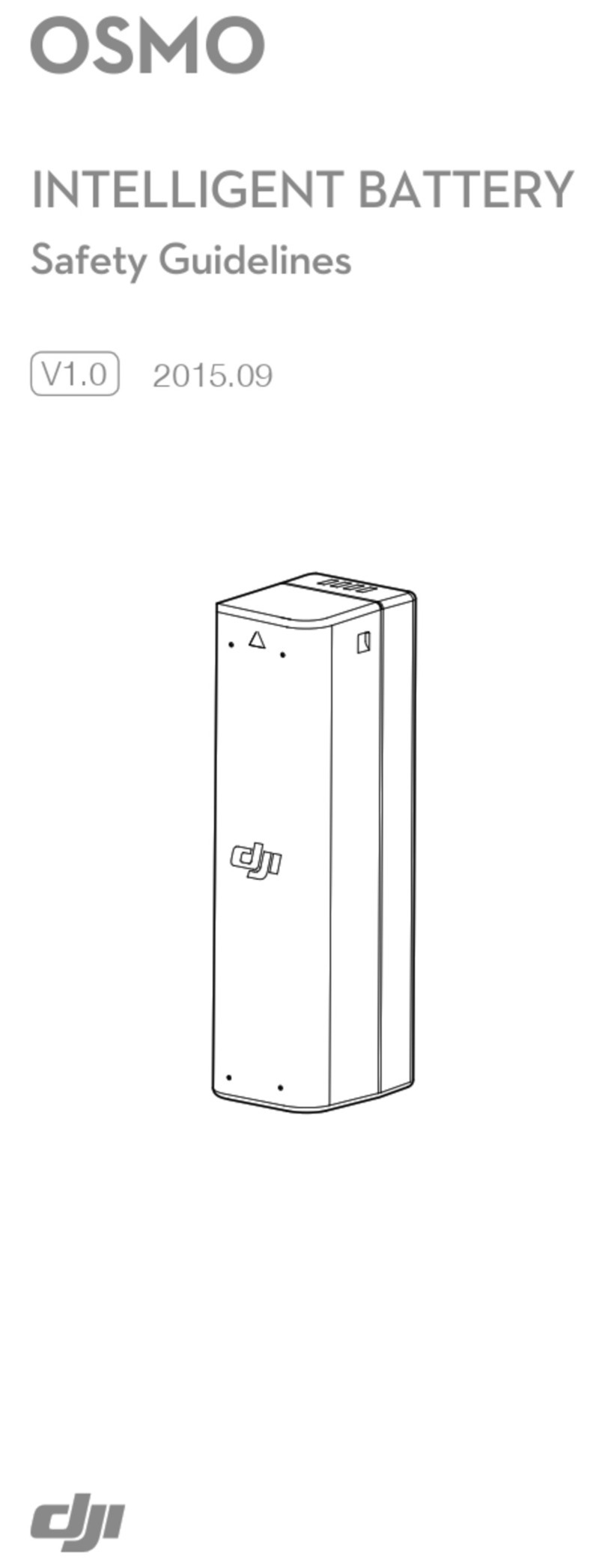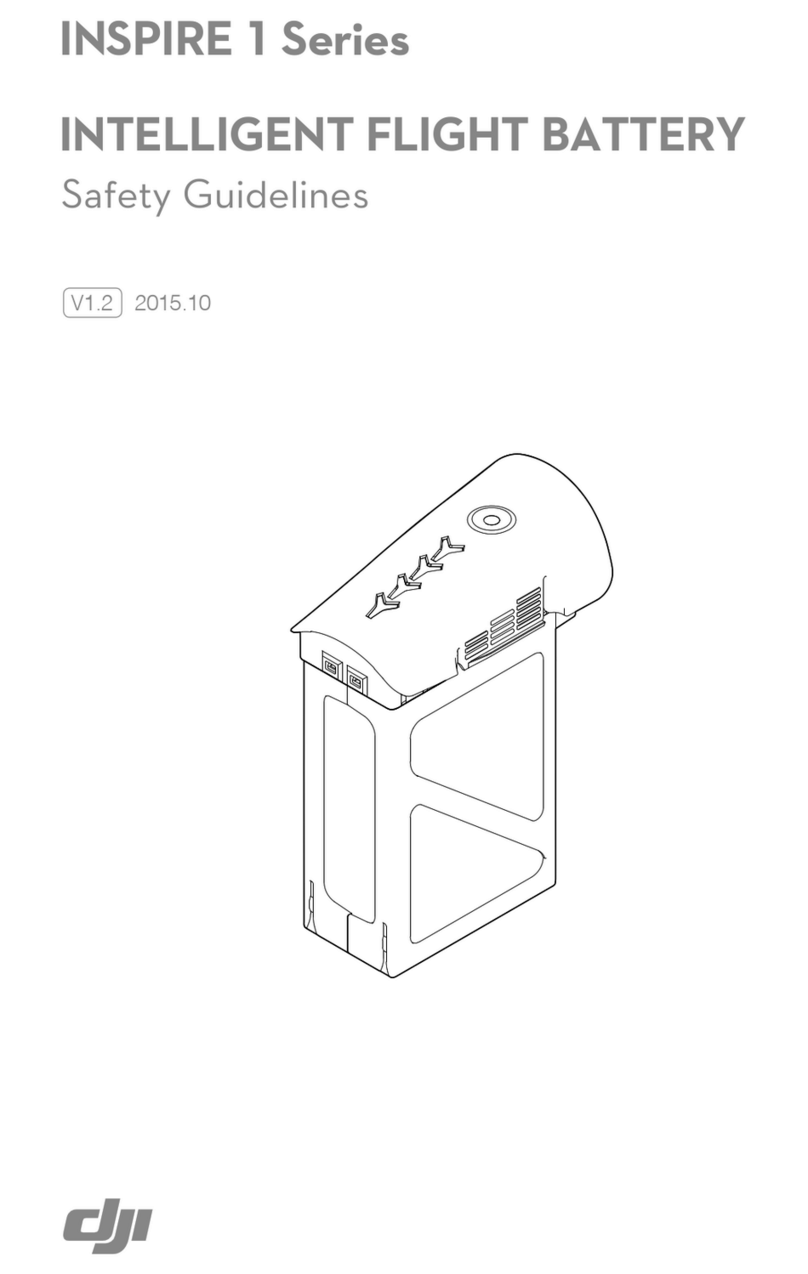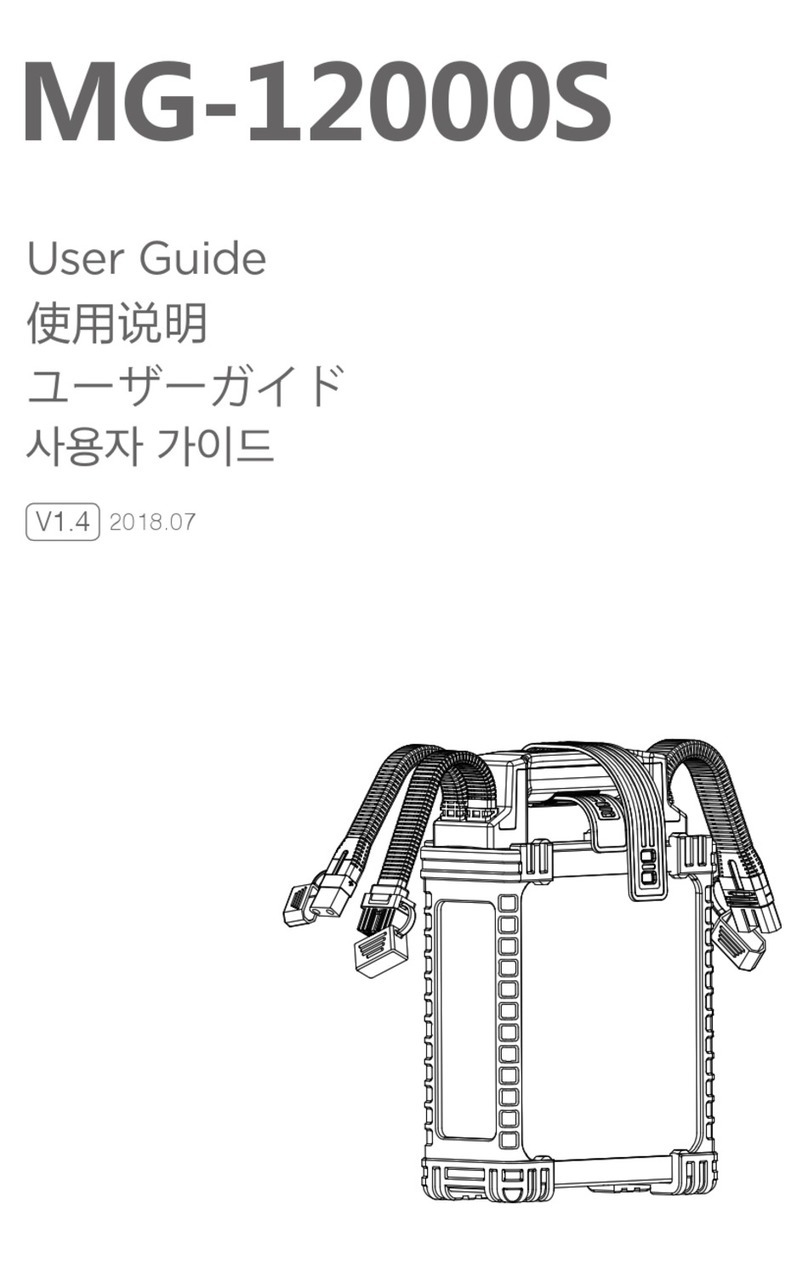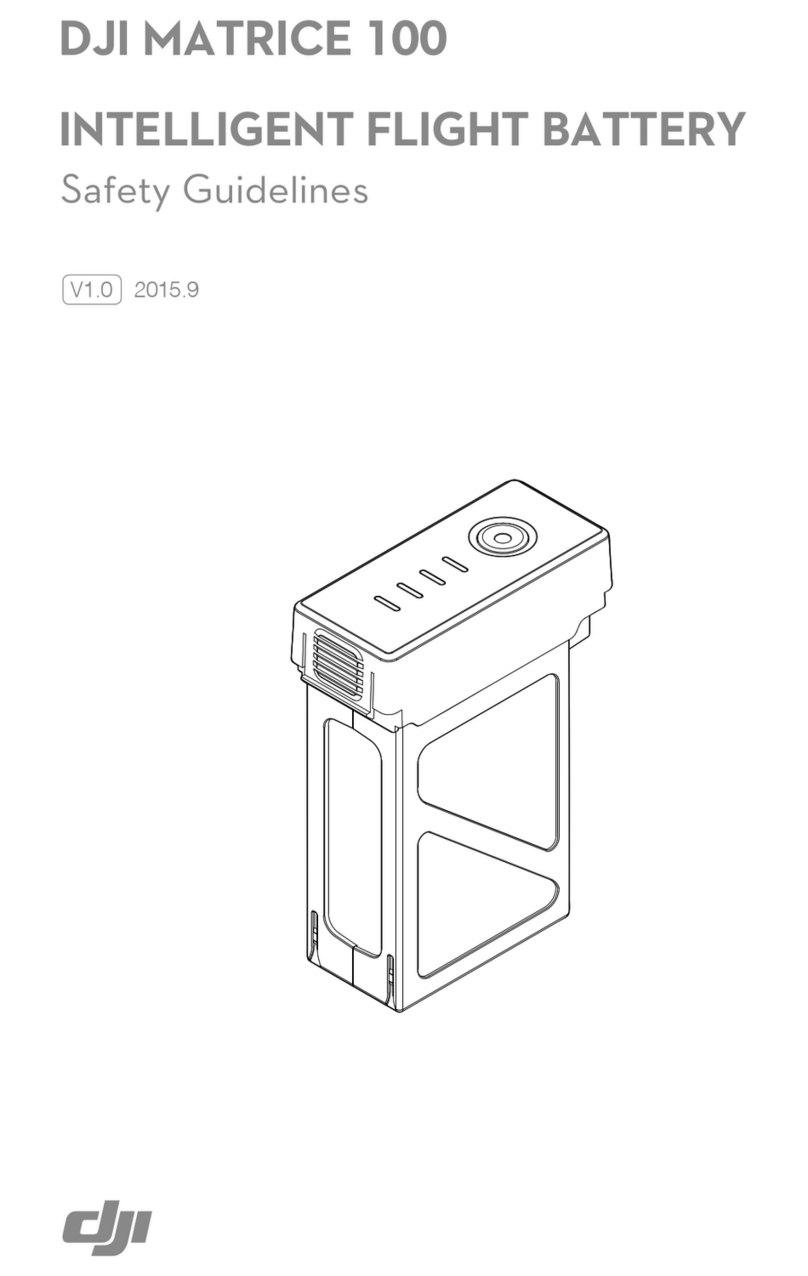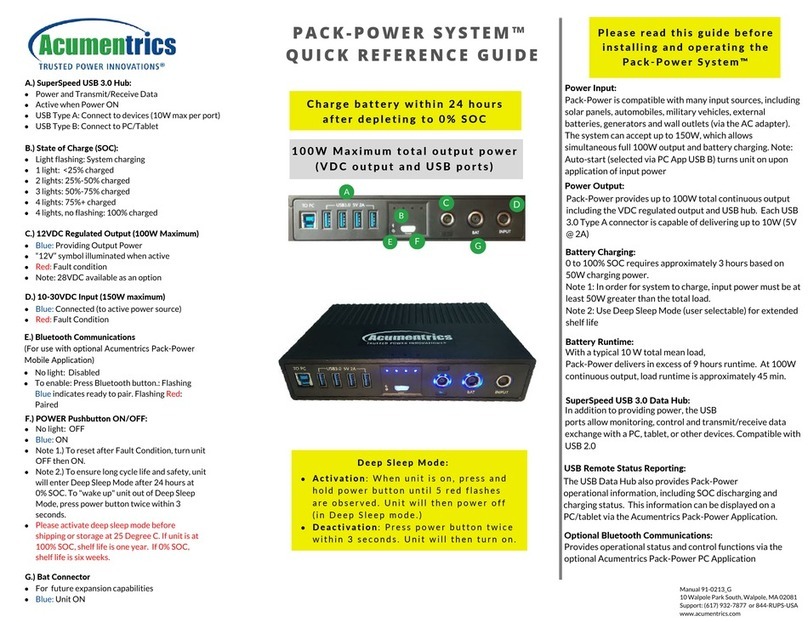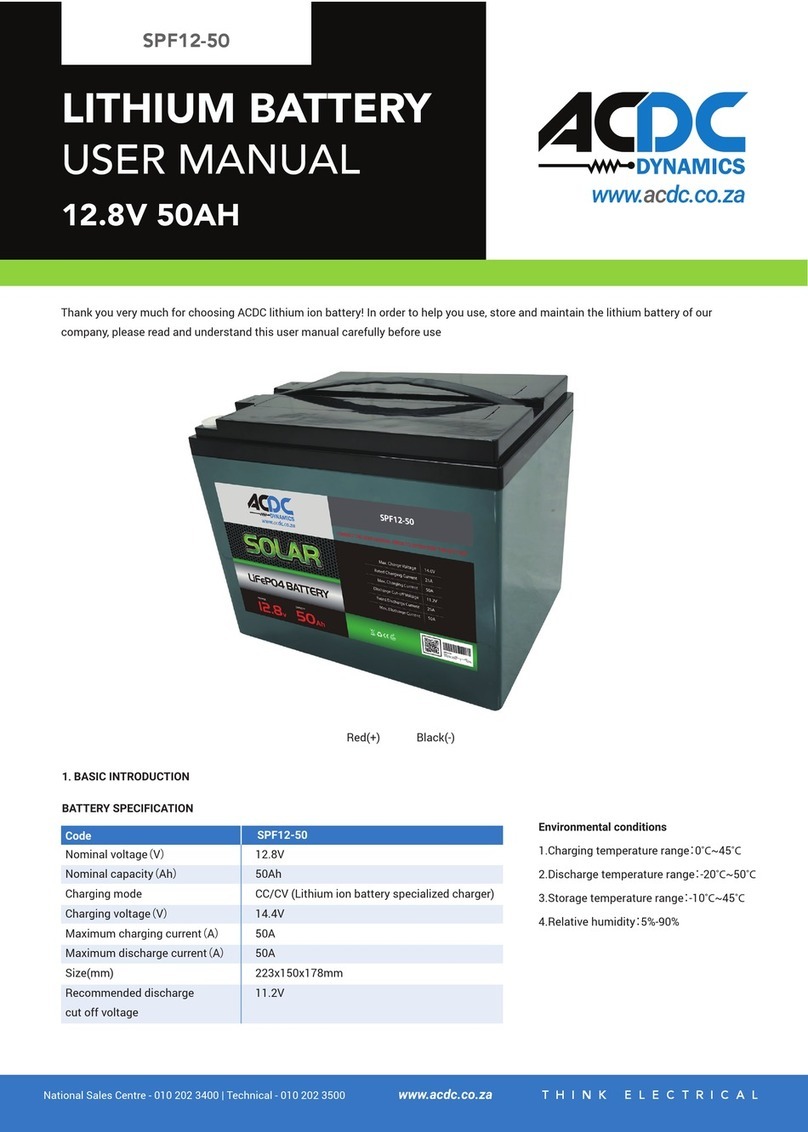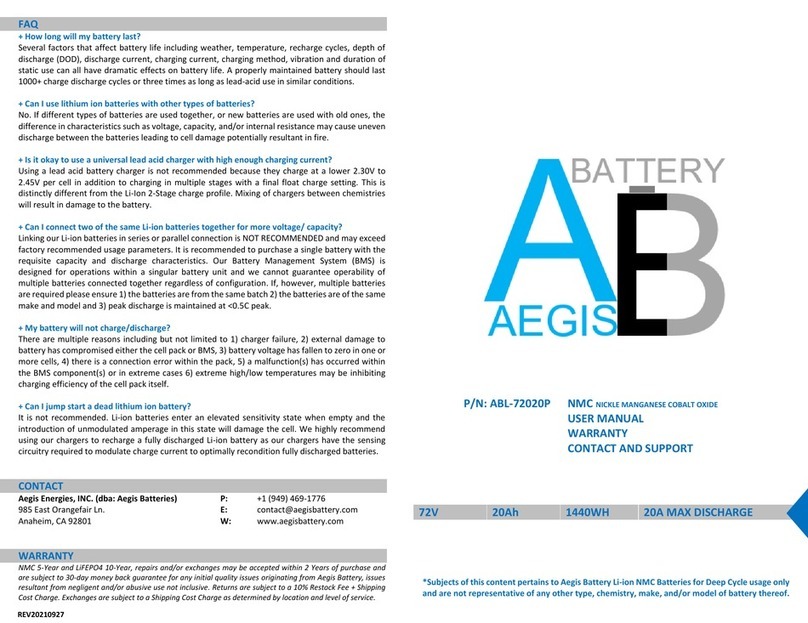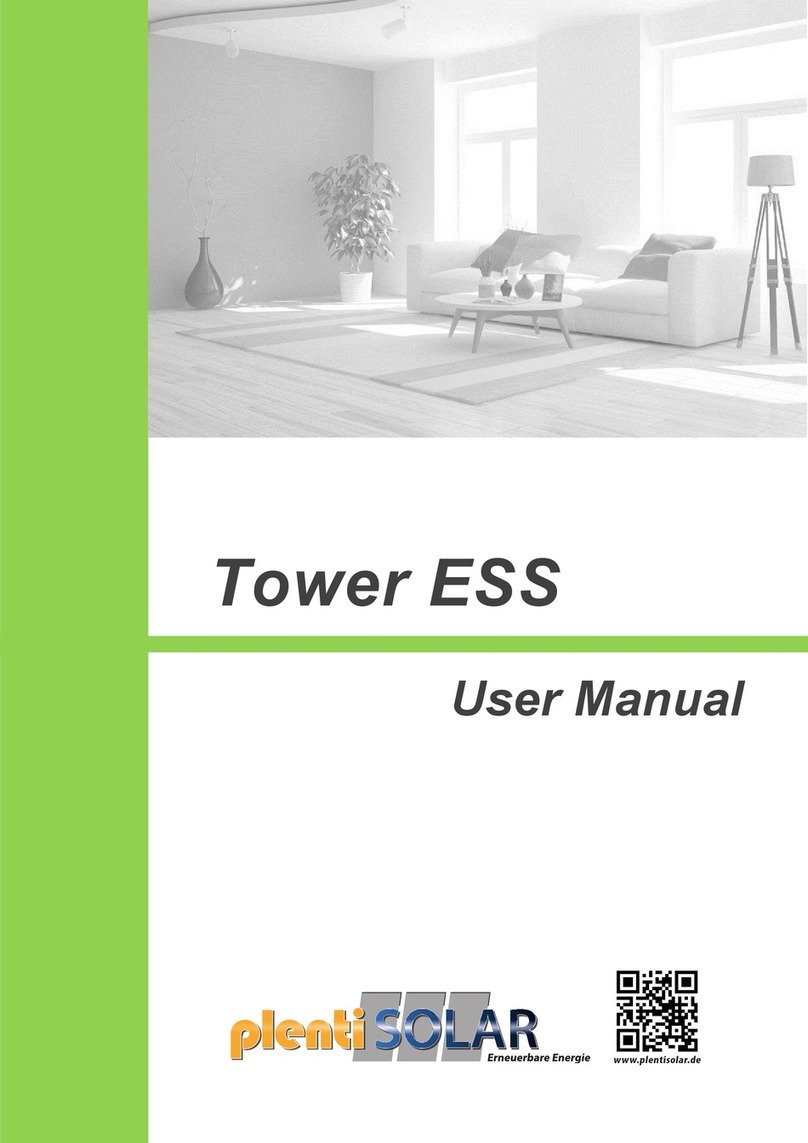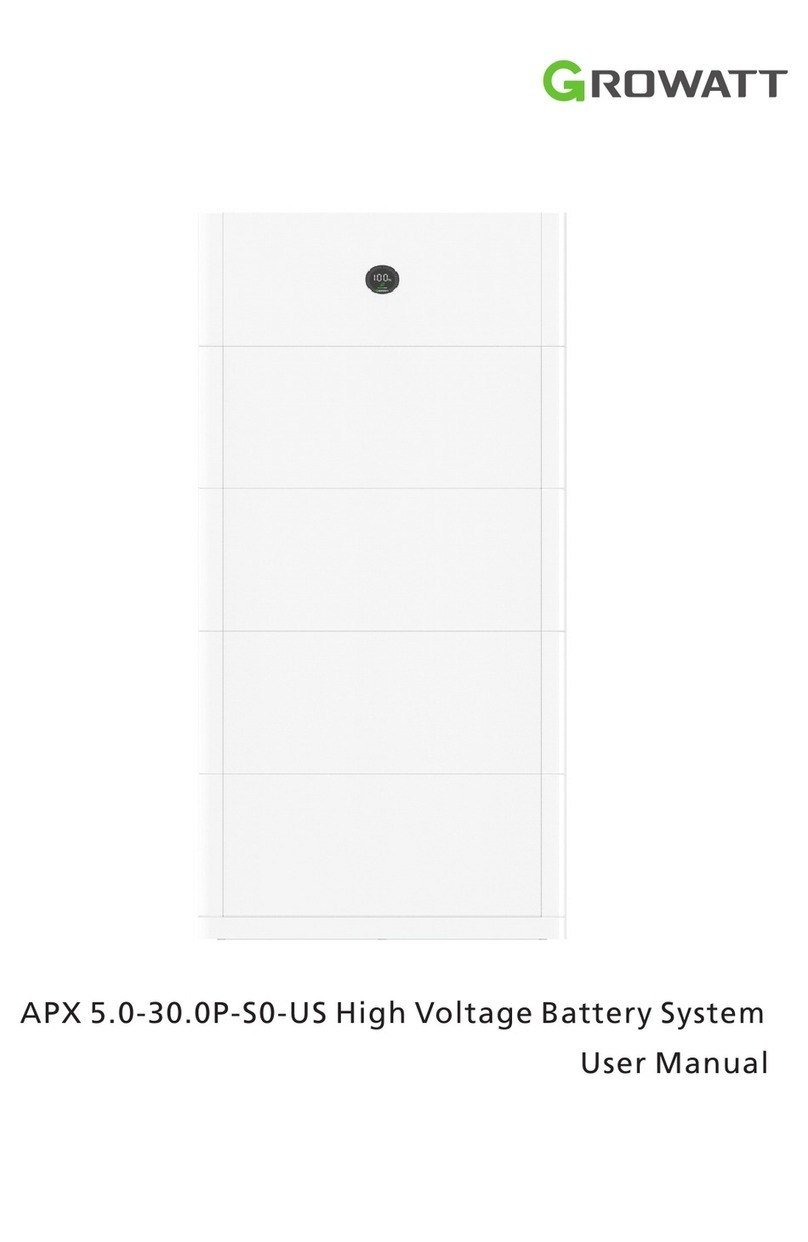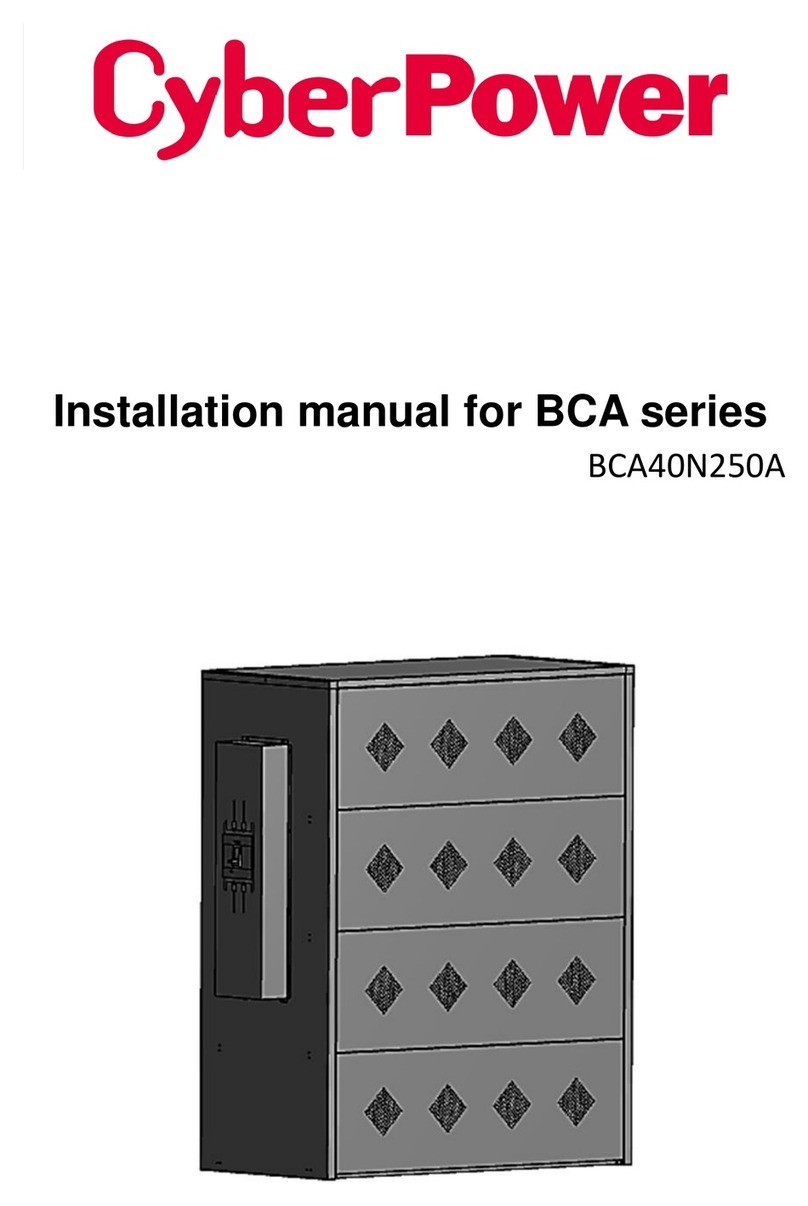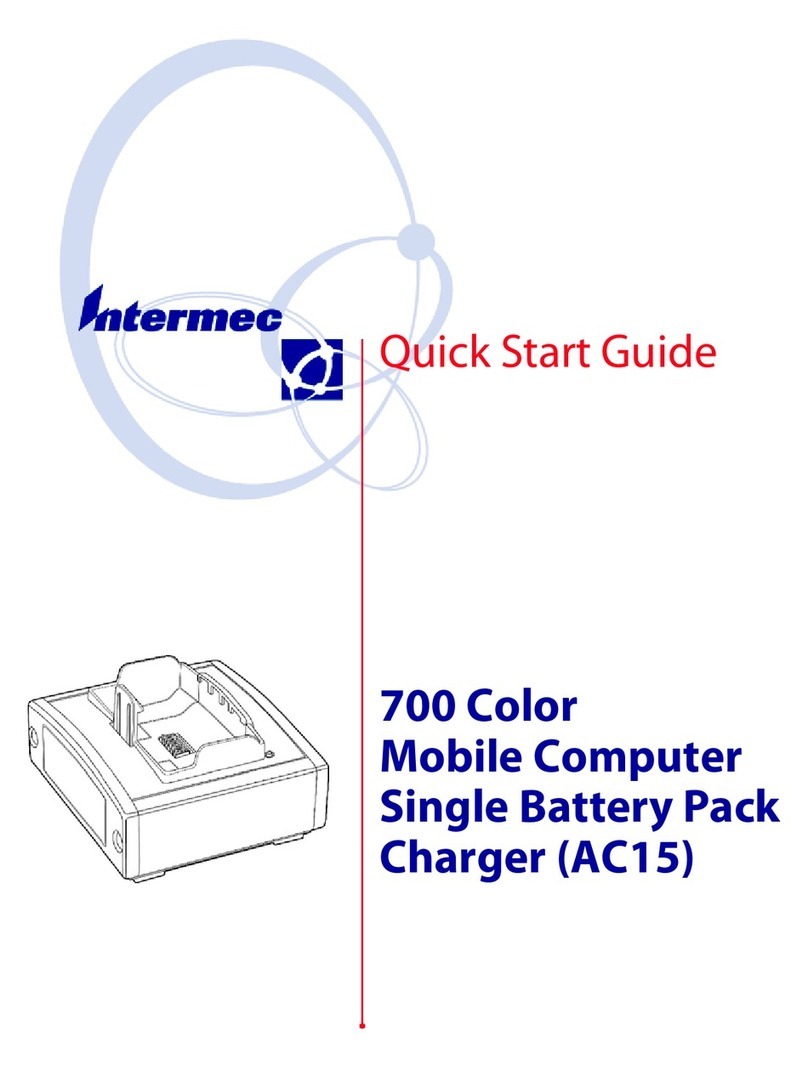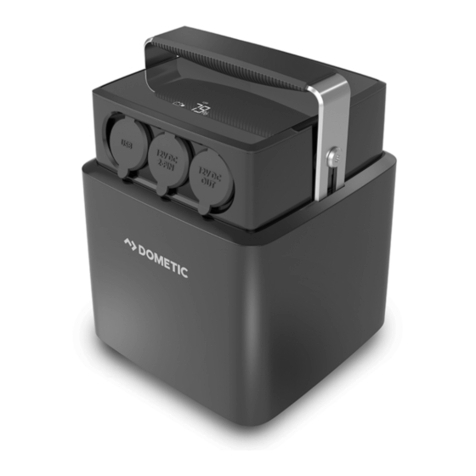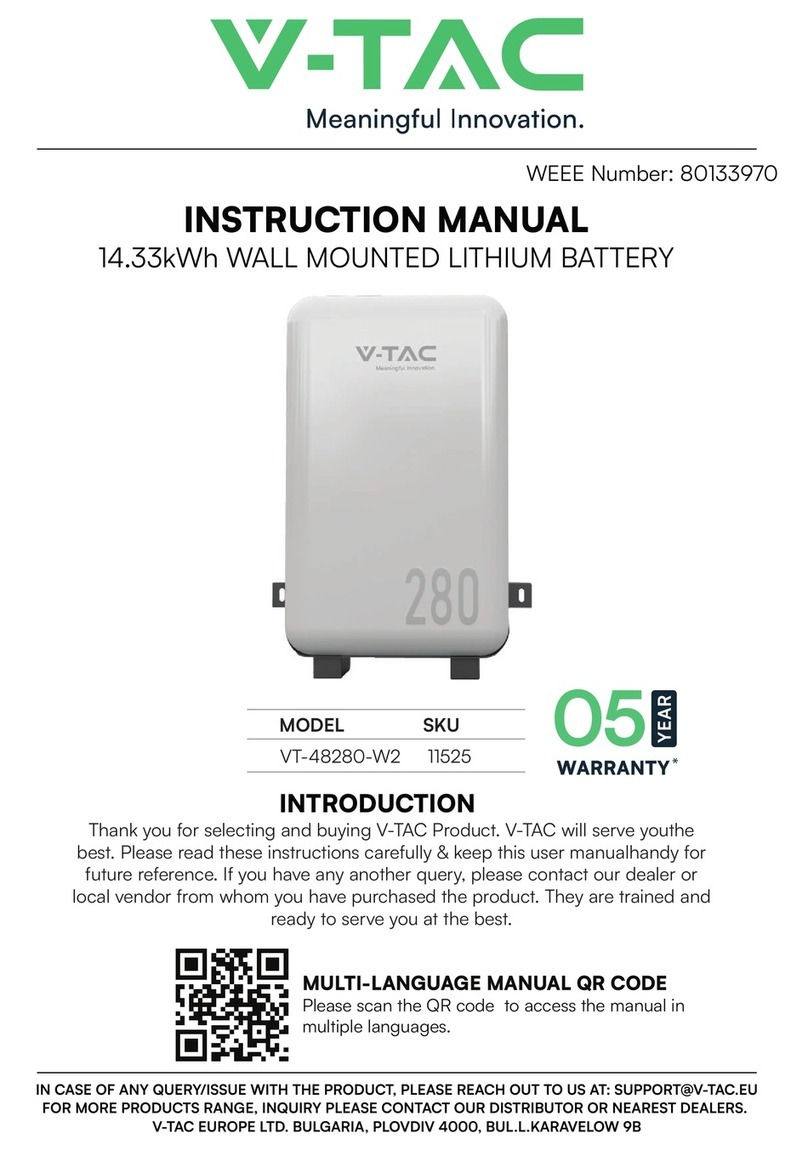
EN
4
8. Auto Current Adjustment: the battery intelligently adjusts the charging current based on
the temperature of the battery cells. The battery also supports self-protection based on the
environment temperature.
9. Temperature Control: the battery ensures the temperature difference between the battery
cells are the same and stay within the allowable temperature range.
• Refer to the safety requirements listed on the label of the battery before using for the
first time. Users accept full responsibility for any violations of the safety requirements
stated on the label.
• The product warranty is void if any battery errors occur due to misuse of the battery.
Using the Battery
Press and then press and hold the power button to power on the battery after it is connected
to the aircraft. When the aircraft lands and the motors stop, press and then press and hold the
power button to power off the battery, and then disconnect the battery from the aircraft.
• DO NOT use the battery near heat sources such as a furnace or heater. DO NOT leave
the battery inside a vehicle on hot days.
• DO NOT allow the battery to come into contact with any liquid. DO NOT leave the
battery near a source of moisture and DO NOT use the battery in humid environments.
Otherwise, the battery may corrode, potentially resulting in the battery catching fire or
exploding.
• DO NOT use swollen, leaking, or damaged batteries. If your battery is abnormal, contact
an authorized DJI dealer for further assistance.
• Make sure the battery is powered off before connecting to or disconnecting from the
aircraft. DO NOT connect or disconnect the battery while it is powered on. Otherwise,
the power ports may be damaged.
• The battery should be used in the temperature range of -5° to 45° C (23° to 113° F). Use
of batteries in environments above 50° C (122° F) can lead to fire or an explosion. Use
of the battery in temperatures below -5° C (23° F) can negatively affect the performance
of the battery. The battery can be used again when it returns to a normal temperature.
• DO NOT use the battery in strong electrostatic or electromagnetic environments
or near high-voltage transmission lines. Otherwise, the battery circuit board may
malfunction, which could cause a serious flight hazard.
• DO NOT disassemble or pierce a battery in any way or it may leak, catch fire, or
explode.
• The electrolytes in the battery are highly corrosive. If any electrolytes make contact
with your skin or eyes, immediately wash the affected area with water and see a doctor
immediately.
• DO NOT use a battery that has been dropped. Dispose of the battery as described in
the Battery Disposal section.
• If the battery falls into water while inserted in an aircraft during flight, remove it
immediately, and contact a DJI authorized dealer to check and repair the aircraft and
intelligent flight battery as soon as possible.
• Extinguish any battery fire using water, sand, or a dry powder fire extinguisher.
• DO NOT put the battery in a microwave oven or a pressurized container.
• DO NOT place the battery on or near wires or other metal objects such as eyeglasses,
watches, jewelry, and hairpins. Otherwise, the battery ports may be short-circuited.
• DO NOT drop or strike batteries. DO NOT place heavy objects on the batteries or
station. Avoid dropping batteries.


